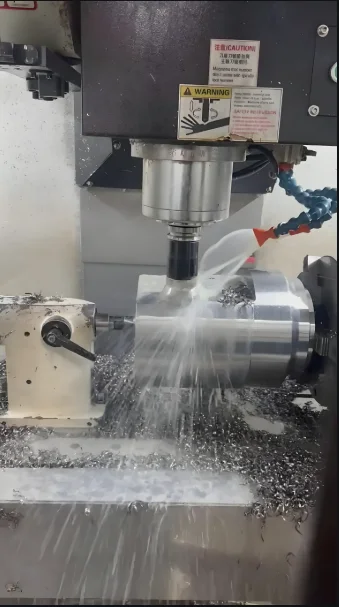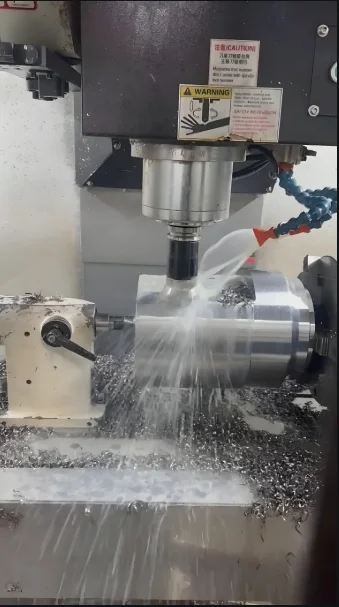CNC Lathe Parameter Optimization for Improved Machining Accuracy and Efficiency
Introduction
CNC lathes calculate tool paths and generate machining codes in advance. However, operators still rely heavily on experience during the actual process. This often causes inconsistent results for identical parts. In this study, we tested how different cutting parameters affect machining accuracy and efficiency. We aimed to find the best parameter settings.

1. Choosing the Right Parameters
To achieve both precision and surface quality, we must select proper parameters. These parameters should maximize tool performance, extend tool life, improve efficiency, and reduce cost.
After reviewing technical data and running real-world tests, we chose three important parameters:
Cutting speed
Feed rate
Depth of cut
By optimizing these three factors, we increased part qualification rates. We also boosted production efficiency and reduced scrap.

2. Simulation Experiments and Results
2.1 Experimental Design
We used the control variable method. In each experiment, we changed only one parameter while keeping others constant. This helped us see the specific impact of each setting.
Experiment 1: We adjusted the spindle speed during rough turning. We measured accuracy, machining time, and surface roughness.
Experiment 2: We changed the feed rate during both rough and finish turning. We observed how it affected part quality and the qualification rate.
Experiment 3: We adjusted the spindle speed during finish turning. We measured how it influenced surface quality and production time.
Experiment 4: We changed the depth of cut during rough turning. We checked its effect on machining accuracy and roughness.
2.2 Procedures
We ran the tests on 60 parts. We divided them into three groups of 20 parts each. After machining, we tested every part and recorded the results.
In Experiment 1, we changed the spindle speed of rough turning from 300 to 700 r/min.
In Experiment 2, we gradually increased the rough turning feed rate to 160 mm/min. We increased the finishing turning feed rate to 130 mm/min.
In Experiment 3, we changed the spindle speed of finish turning from 800 to 1600 r/min.
In Experiment 4, we adjusted the rough turning cutting depth from 1 mm to 3.2 mm.
2.3 Results
Each parameter showed a pattern: accuracy increased, then decreased, then increased again. This trend means we can’t just increase speed or depth to improve results.
A higher feed rate reduces time but may lower precision.
A very small or very large cutting depth affects surface quality.
We need balanced settings to achieve both speed and accuracy.
3. Optimized Parameters and Their Effects
3.1 Optimal Parameter Settings
Based on our testing and actual production data, we recommend the following:
Rough Turning Spindle Speed: 500–600 r/min
Rough Turning Feed Rate: 140–150 mm/min
Finish Turning Feed Rate: 100–120 mm/min
Finish Turning Spindle Speed: 1100–1400 r/min
Rough Turning Cutting Depth: 2–3 mm
3.2 Result Analysis
We applied these optimized settings in daily production. After several months of observation:
The pass qualification rate rose from 8% to 93%
Production efficiency increased by about 20%
These changes greatly improved output and quality. The workshop met daily demand and achieved better economic results.
4. Conclusion
Workshop staff completed the experiments using controlled adjustments. They processed large quantities of parts and recorded performance for each parameter. After setting standardized values, we reduced human error, improved machining accuracy, and raised production efficiency. The new standards now support consistent quality and meet production goals.
